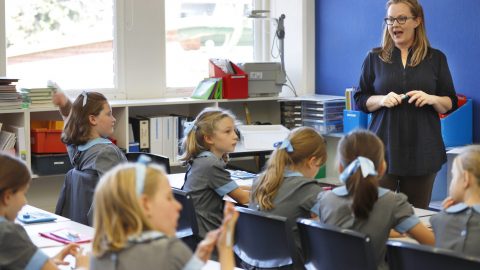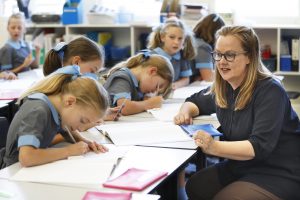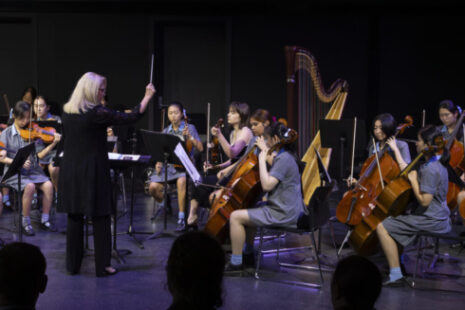Sustain the Dance with Conversation

Just like dancing, conversation between adults and children must be sustained by both parties.

Research shows a strong connection between vocabulary knowledge and reading comprehension.
Many of us will fondly remember the enjoyment of being read to and sharing books with family members when we were young. I have very happy memories of hearing stories repeatedly, and ‘reading’ along with my parents well before I could read myself. If you have ever read Green Eggs and Ham, you will no doubt always remember the rhythmic refrain, “I do not like green eggs and ham. I do not like them Sam I am.”
Stories such as The Digging-Est Dog, A Fish Out of Water and The Red Balloon were amongst my favourites. At the time, I enjoyed the stories in their own right but as I played with words and engaged in valuable talk, my vocabulary was effortlessly growing. Just as we notice more detail as we watch a movie for the second or third time, each time the stories were re-read to me, opportunities to learn new vocabulary multiplied.
One of the long-standing conclusions in educational research is the strong connection between vocabulary knowledge and reading comprehension. Put simply, the more words we know, the more we are able to understand what we are hearing or reading.
There are many ways to assist your child to build vocabulary. Read to, and with, your child often. Have fun telling stories. Enjoy jokes with your child. Take time to explain and ask questions. Solve problems together. Try prompting your child’s own contributions with open-ended questions (who, what, why, how) which extend and add structure to the child’s sometimes limited responses. Tell ‘memory stories’ that are rich, full and comprehensible. Recall events with your child; “Do you remember when…”, “You won’t believe…”, “I still laugh when I think of…” are rich day-to-day fodder. Remember that diverse environments will provide different language experiences.
At St Catherine’s we use a variety of techniques to build vocabulary according to the age and stage of individual students. Word lists are routinely compiled by staff and students in all areas of the curriculum and new vocabulary and definitions are revisited numerous times over a number of sessions to allow students to verbalise these new words.
Dr Todd Risley, the co-author of the research study Meaningful Differences in the Everyday Experience of Young American Children, believed talking as much as possible to children about anything and everything is important, but stated it is even more critical that we require as much language use as possible in return. He described conversations as language dancing; using the dance as a metaphor because both parties must interact and sustain it. As the dance progresses it becomes increasingly complex, just like a conversation.
Talking to children matters. Go ahead; share memories, reminisce, and sustain the dance.




